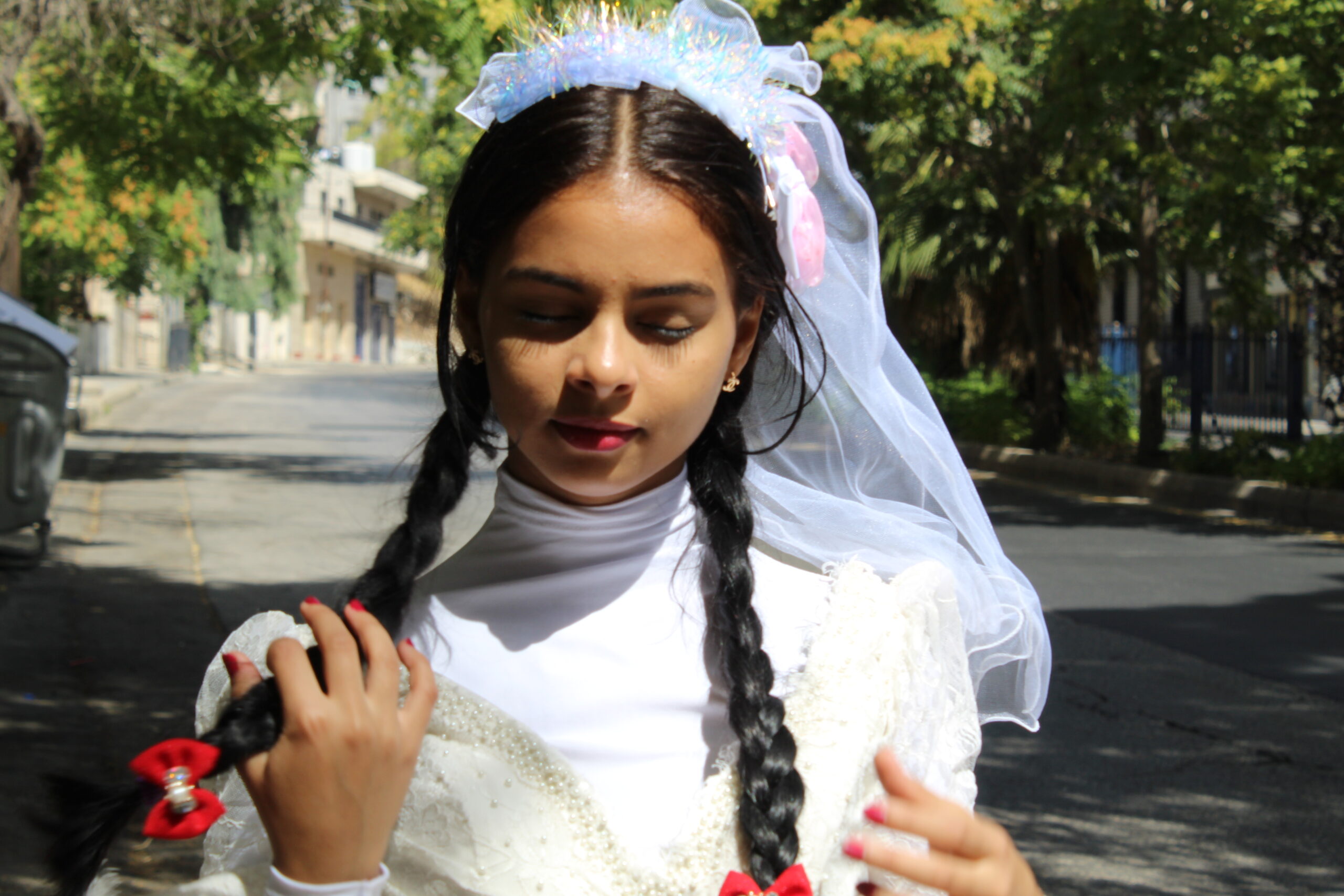Child Marriage Act in India: Addressing a Dire Social Issue

One of the main causes of child marriage in India is poverty. Families living in impoverished conditions may view marrying off their daughters at a young age as a way to reduce their financial burden. They may believe that by marrying their daughters early, they are securing their futures and protecting them from a life of poverty. However, this belief is deeply flawed, as child marriage perpetuates a cycle of poverty rather than breaking it.
Another factor that contributes to child marriage is gender inequality. In many parts of India, girls are seen as financial burdens on their families, as they are traditionally expected to be married off with dowries. This perception devalues girls and disregards their right to education, personal development, and the opportunity to make choices about their own lives. Additionally, societal norms and traditions that prioritize early marriage further reinforce this inequality.
Child marriage has severe consequences for girls’ health. Many young brides face early pregnancies, which pose serious health risks for both mother and child. The bodies of young girls are not fully developed to handle the physical demands of pregnancy and childbirth, leading to increased rates of maternal and infant mortality. Moreover, these girls are often denied access to healthcare, further exacerbating their vulnerability.
Eradicating child marriage requires a multi-faceted approach. Education plays a crucial role in empowering girls and changing societal attitudes towards early marriage. By providing girls with access to quality education, we can equip them with the knowledge and skills needed to break free from the cycle of poverty and make informed choices about their lives. Additionally, community awareness programs and legal interventions are necessary to challenge deep-rooted cultural practices and enforce laws that protect children from early marriage.
The Indian government has implemented the Prohibition of Child Marriage Act (PCMA) to prevent child marriages and protect the rights of children. The act prohibits the marriage of girls under the age of 18 and boys under the age of 21. It also criminalizes those who perform, promote, or participate in child marriages. While this legislation is a step in the right direction, its enforcement and efficacy need to be strengthened to make a meaningful impact on the ground.
In conclusion, child marriage in India is a complex issue that requires a comprehensive and collaborative approach to address. By tackling the root causes such as poverty and gender inequality, investing in education, and enforcing existing laws, we can protect the rights and futures of young girls. It is our collective responsibility to create a society where every child can grow up free from the shackles of child marriage and fulfill their potential.
Human right activist
Nada Foundation




